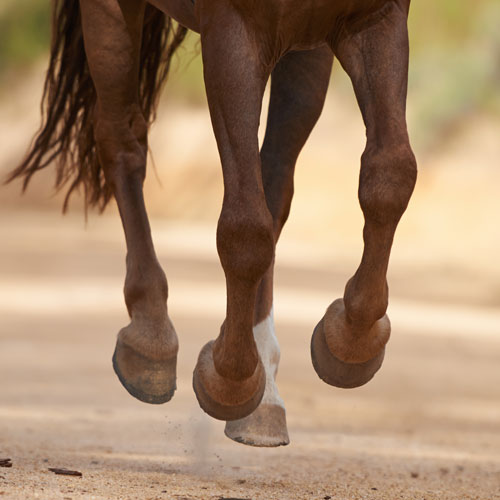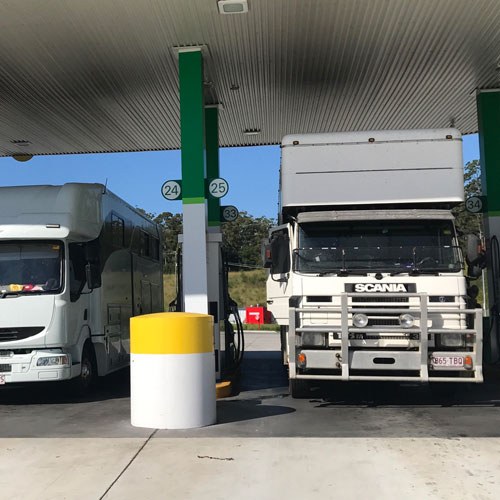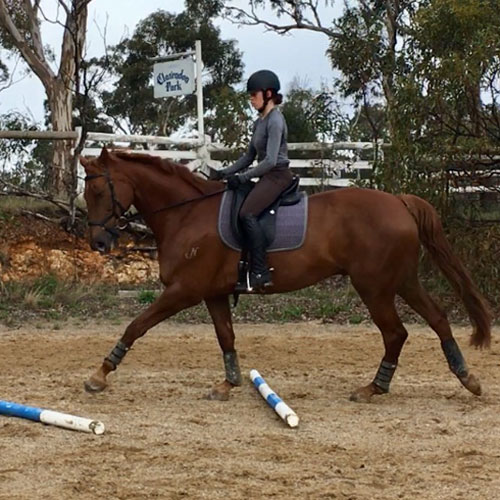Equine Joint Health
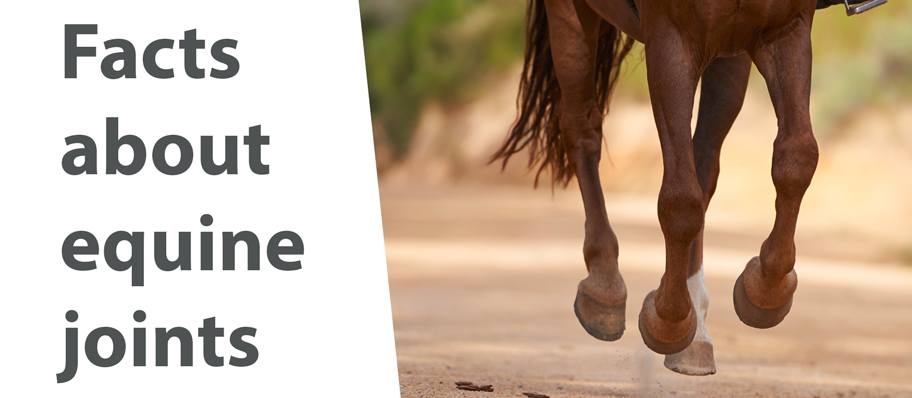
Facts About Equine Joints
Healthy joints are essential for the emotional and physical well being of horses, their movement and effective hoof growth. This discussion on equine joint health is provided with the assistance of Dr Georgina Learmonth from Joint Performance.
The essential components of a joint are:
- - cartilage (Cartilage is a type of tissue fixed firmly to the surface of the bones);
- - synovial membrane and synovial fluid, and
- - articulating bones
The joint is enclosed in a joint capsule. Within the joint capsule, the synovial membrane is vital for the continued health of the joint. The synovial fluid produced by the synovial membrane is a highly viscous fluid that performs the vital functions of:
- - joint lubrication
- - provision of nutrients for the maintenace and repair of joint cartilage
Equine Joint Degeneration
In order to think about joint degeneration we have to recognise what a healthy joint looks like. A healthy joint contains:
- - clear viscous synovial fluid in sufficient quality to ensure the cartilage covered ends of the bones can not touch,
- - a smooth lining of cartilage covering each end of the bones in the articulating joint.
- - thining cartilage on the ends of the articulating bones,
- - damaged cartilage on the ends of the articulating bones,
- - little or no synovial fluid
- - synovial fluid contaminated with small amounts of cartilage tissue
- - brittle / spongey bones forming the articulating joint.
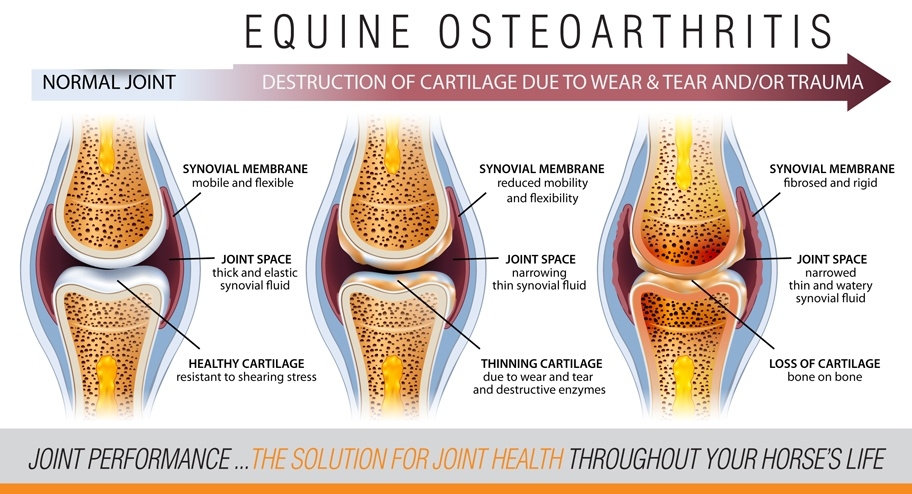
Maintaining Healthy Horse Joints
Every joint within the body plays a role in structure of the horse, however it is the articulated joints that bear the brunt of the stresses of movement and requires the nutritional support to ensure long term health and function. The joints within the limbs are susceptible to very high levels of stress during performance activities along with daily wear and tear.
Dr Georgina Learmonth explains "There is an important balance between the level of maintenance and repair equalling the level of wear and tear, in order for the joints to stay strong and flexible for the long-term. Joints begin to degenerate when the level of maintenance and repair DOES NOT meet the level of wear and tear that the joint requires. The end result is osteoarthritis (OA) also known as degenerative joint disease (DJD)."
Dr Georgina Learmonth says "When the key building blocks are not provided and the level of cartilage maintenance and repair doesn't equal the level of wear and tear, it causes unhealthy cartilage to release molecules into the synovial fluid, which irritates the synovial membrane (synovitis). As a consequence, the synovial membrane releases destructive enzymes that further contribute to the deterioration of cartilage. These destructive enzymes target healthy cartilage and cause even further cartilage breakdown, creating a vicious cycle. The synovial membrane then begins to produce large amounts of thin watery synovial fluid as opposed to think lubricating synovial fluid. The overall result is that the deteriorating joint becomes inflamed and painful, and what we see and feel is our horse becoming stiff, inflexible, less willing to perform and eventually goes lame."
"Managing" joints can mean different things to different people. Some will simply medicate the horse to remove the pain. While this may get you through the day, it is not in the horse's longterm best interests and can lead to further long term damage to the joint. There are products that target the an anti-inflammatory nature of joint management and products that target the provision of the building blocks of joint cartilage and synovial fluid, which are suitable long term maintenance and support of the joints.
Horse Joint Supplements - What is required?
So what are the essential elements or building blocks necessary in a supplement that will address the long term needs of the horse's joints.
- - Glucosamine Sulphate is the key element used in the production of cartilage.
- - Chandroitin-4-Sulphate plays a role in preventing destructive enzymes associated with cartilage breakdown as well as having a general anti-inflammatory action.
Chondroitin-4-Sulphate is the major form of Chondroitin found in young healthy joints. It is one of the key components that gives cartilage its ability to absorb and resist wear. Joint Performance's Equine Joint Support Formula Two uses a high purity bovine derived Chondroitin-4-Sulphate due to its low molecular weight (small particle size) which is essential for efficient absorption, as opposed to the commonly used Chondroitin-6-Sulphate that is shark or marine-derived with a larger molecular weight. Research studies suggest that Chondroitin-4-Sulphate plays a role in preventing destructive enzymes associate with cartilage breakdown as well as having a general anti-inflammatory action.
Joint Performance also manufacturers a similar dog joint supplement, Canine Joint Support Formula Two.
What Joint Supplement is Best for Your Horse?
So what product should I use on my horse I hear you ask! Well you need to match the age, current joint health and activity level of your horse and come to an informed desicion or the product that will be useful in providing both short term relief and long term maintenance to manage any further deterioration of the joint.
While we are talking about joint health, don't forget about yourself!
(This Blog was originally posted 10 November 2015 and was updated 2 April 2018)

